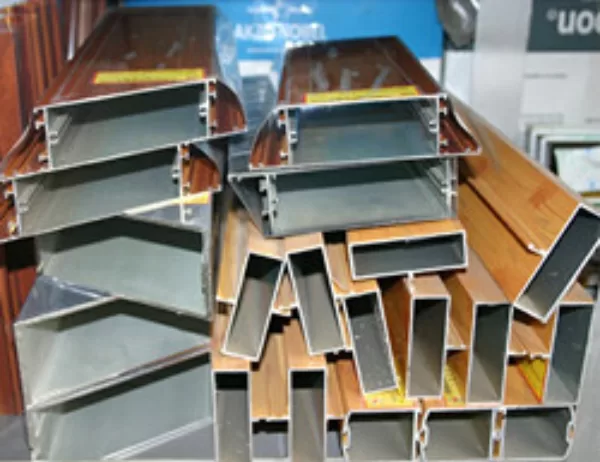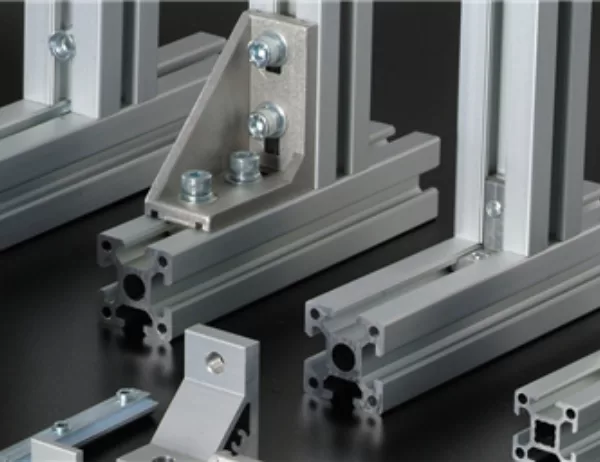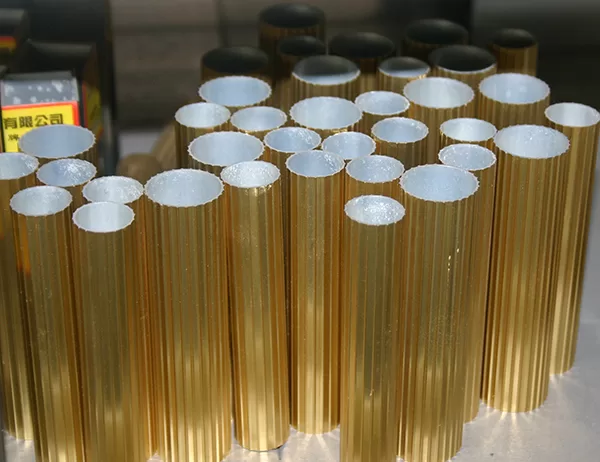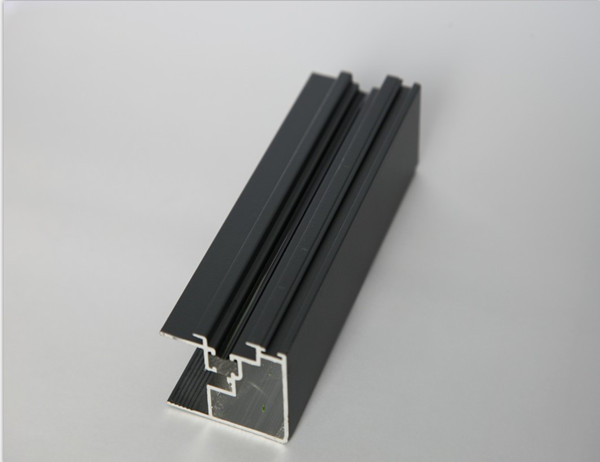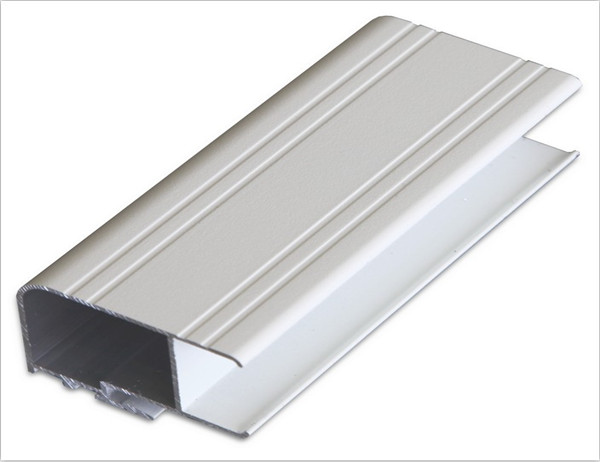In the realm of electronics, heat dissipation is paramount. Intense heat can cripple delicate components, leading to performance degradation, reduced lifespan, and even catastrophic failures. Heat sinks play a crucial role in combating this thermal nemesis, effectively transferring heat away from sensitive areas. Two prominent materials for crafting heat sinks are aluminum and copper, each boasting unique properties that warrant careful consideration.
Aluminum: The Lightweight Champion
Aluminum, known for its remarkable lightness, offers a favorable weight-to-strength ratio. This attribute makes it a prime choice for applications where weight reduction is essential, such as aerospace and portable electronics. While aluminum’s thermal conductivity is inferior to copper, it compensates with its higher heat capacity. This means it can absorb more heat before reaching its thermal limit.
Copper: The Thermal Titan
Copper, the reddish-brown metal renowned for its excellent thermal conductivity, reigns supreme in heat transfer. It surpasses aluminum by a significant margin, allowing it to dissipate heat more efficiently. Copper heat sinks are particularly effective in demanding applications where rapid heat dissipation is imperative, such as high-powered computing systems and industrial machinery.
Balancing Performance and Cost
Choosing between aluminum and copper heat sinks involves a delicate balancing act between performance and cost. While copper offers superior thermal conductivity, it is significantly more expensive than aluminum. Aluminum, on the other hand, provides a more economical option with a respectable thermal performance.
Factors Influencing the Choice
The optimal choice between aluminum and copper heat sinks depends on several factors:
Application requirements: Consider the heat dissipation demands of the specific electronic device.
Weight constraints: For weight-sensitive applications, aluminum’s lightness may be a decisive factor.
Cost considerations: Copper’s higher price must be weighed against its increased thermal efficiency.
Aesthetics: The appearance of the heat sink may be an important factor, particularly in visibly exposed locations.
Conclusion
Aluminum and copper heat sinks stand as contrasting solutions for dissipating heat in electronic devices. Aluminum’s lightweight and cost-effectiveness make it ideal for weight-critical applications, while copper’s superior thermal conductivity is the preferred choice for demanding thermal environments. By carefully evaluating application-specific requirements, engineers can make an informed decision between these two exceptional materials, ensuring optimal heat dissipation and extending the lifespan of electronic components.
